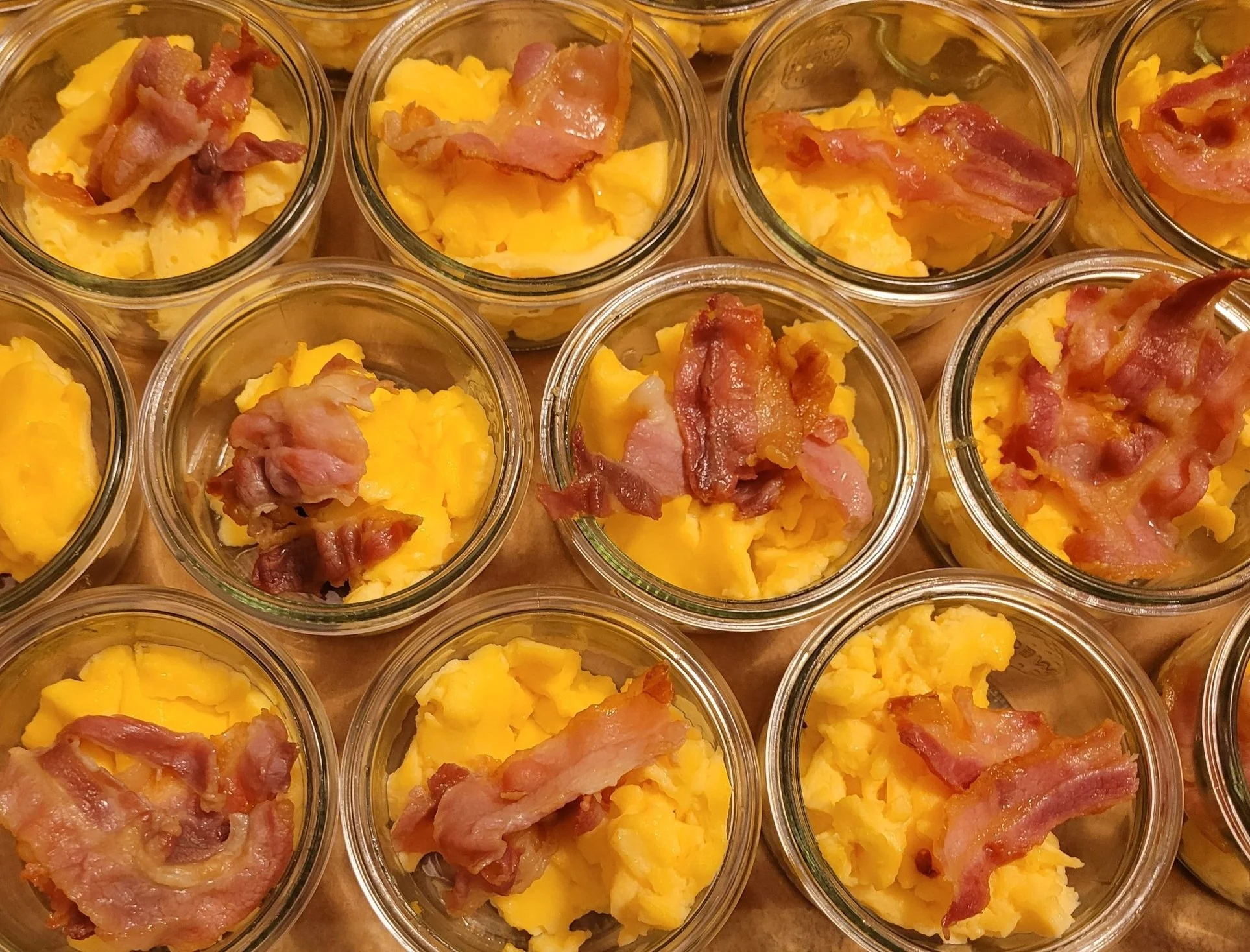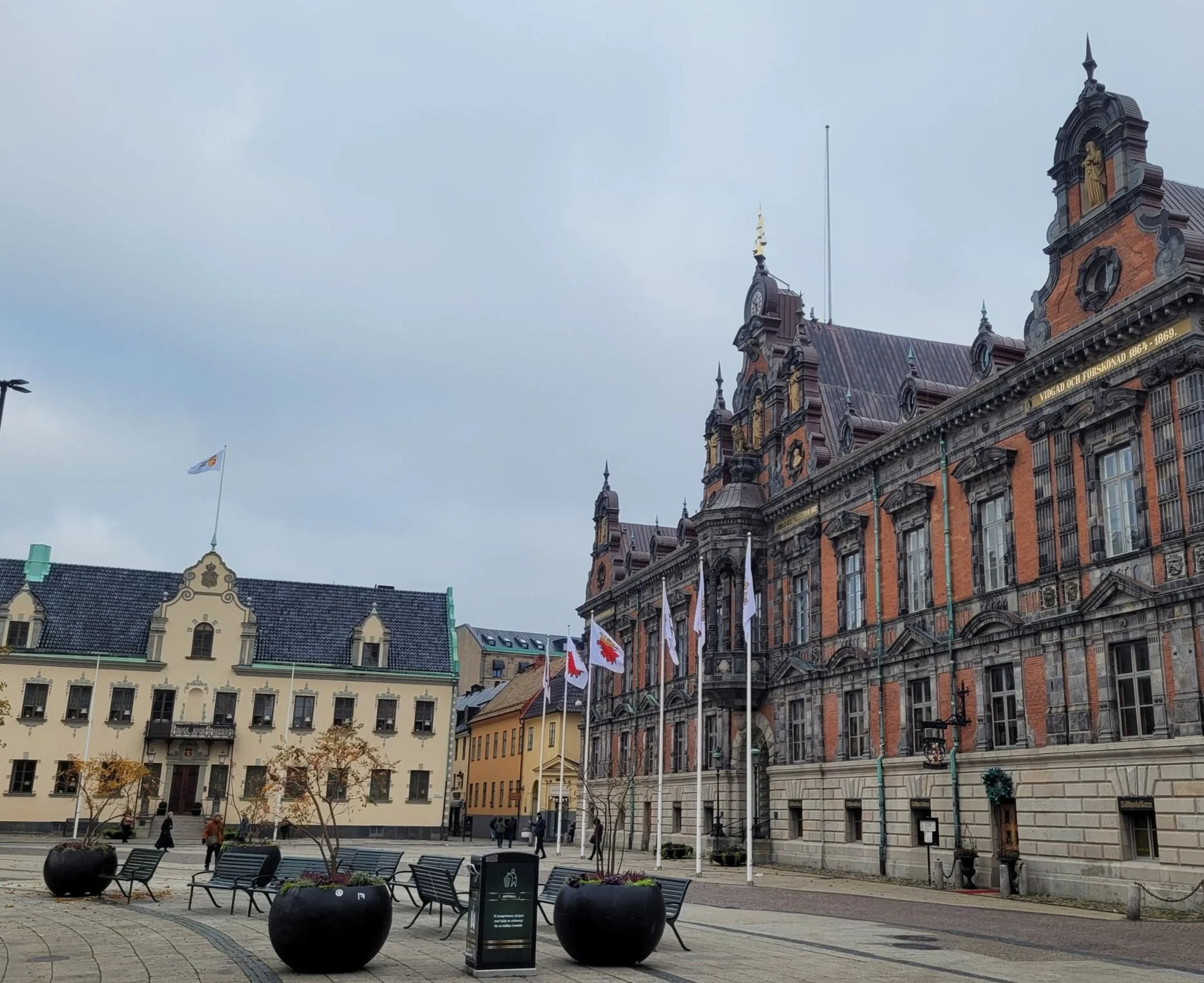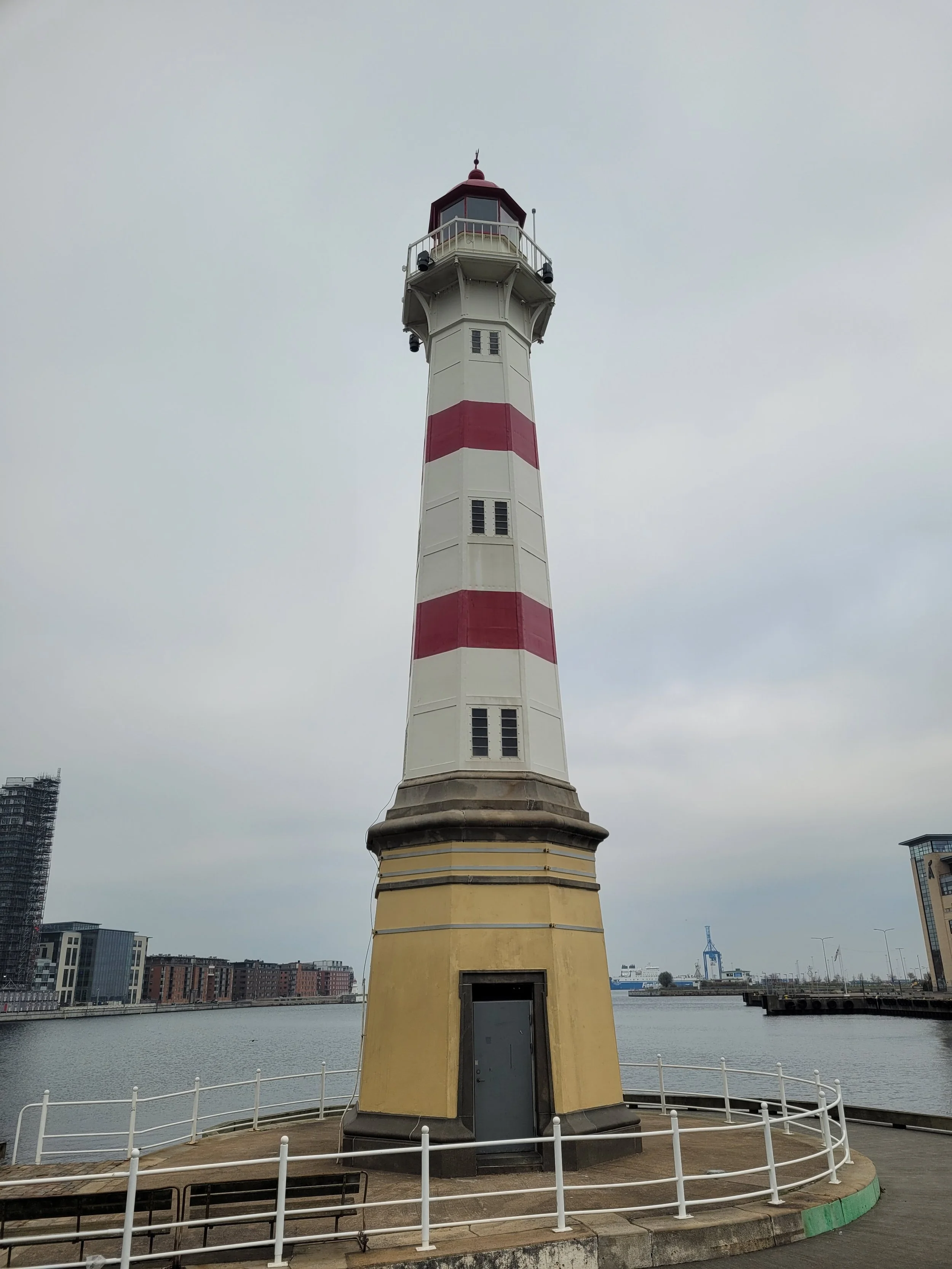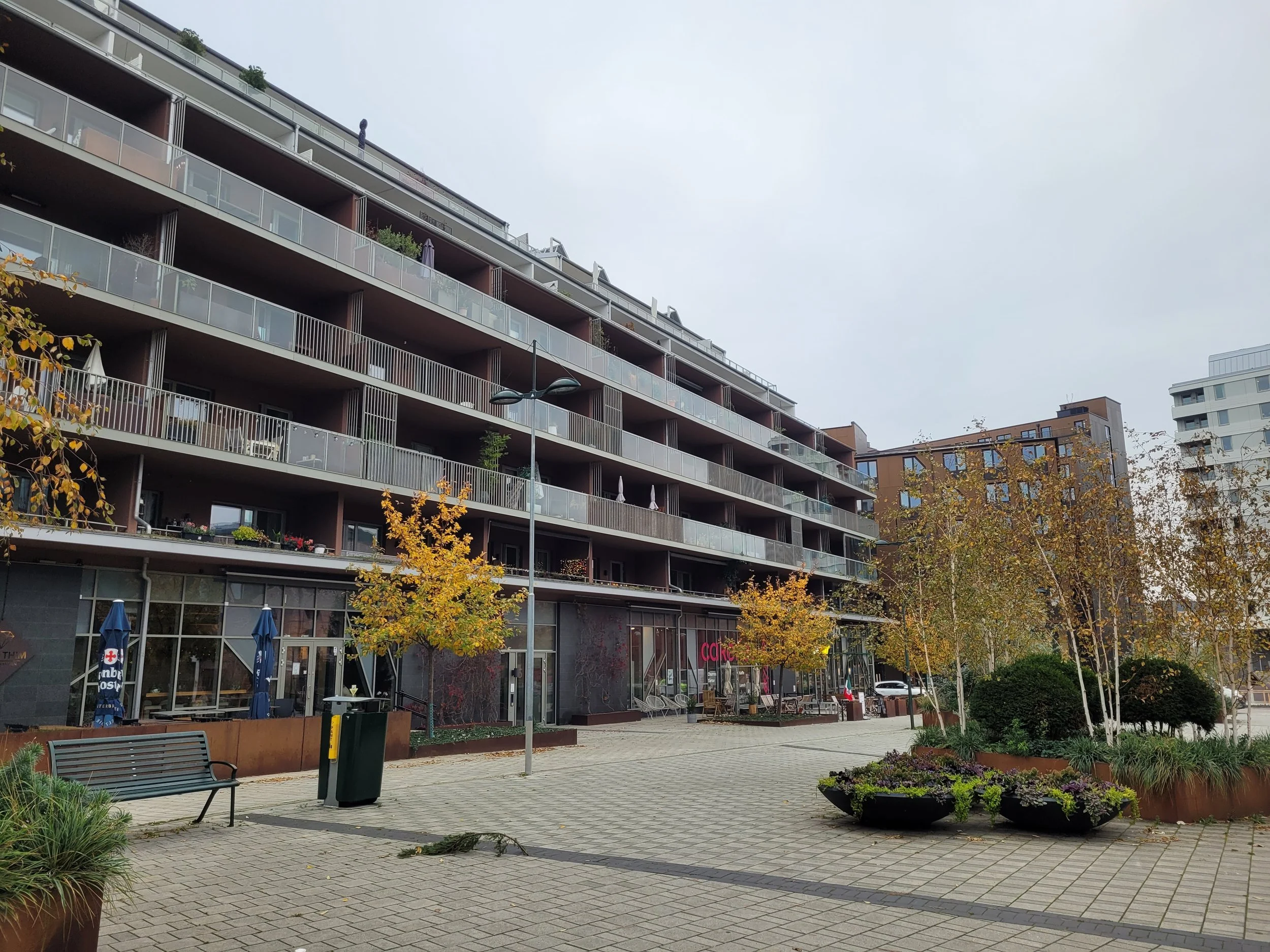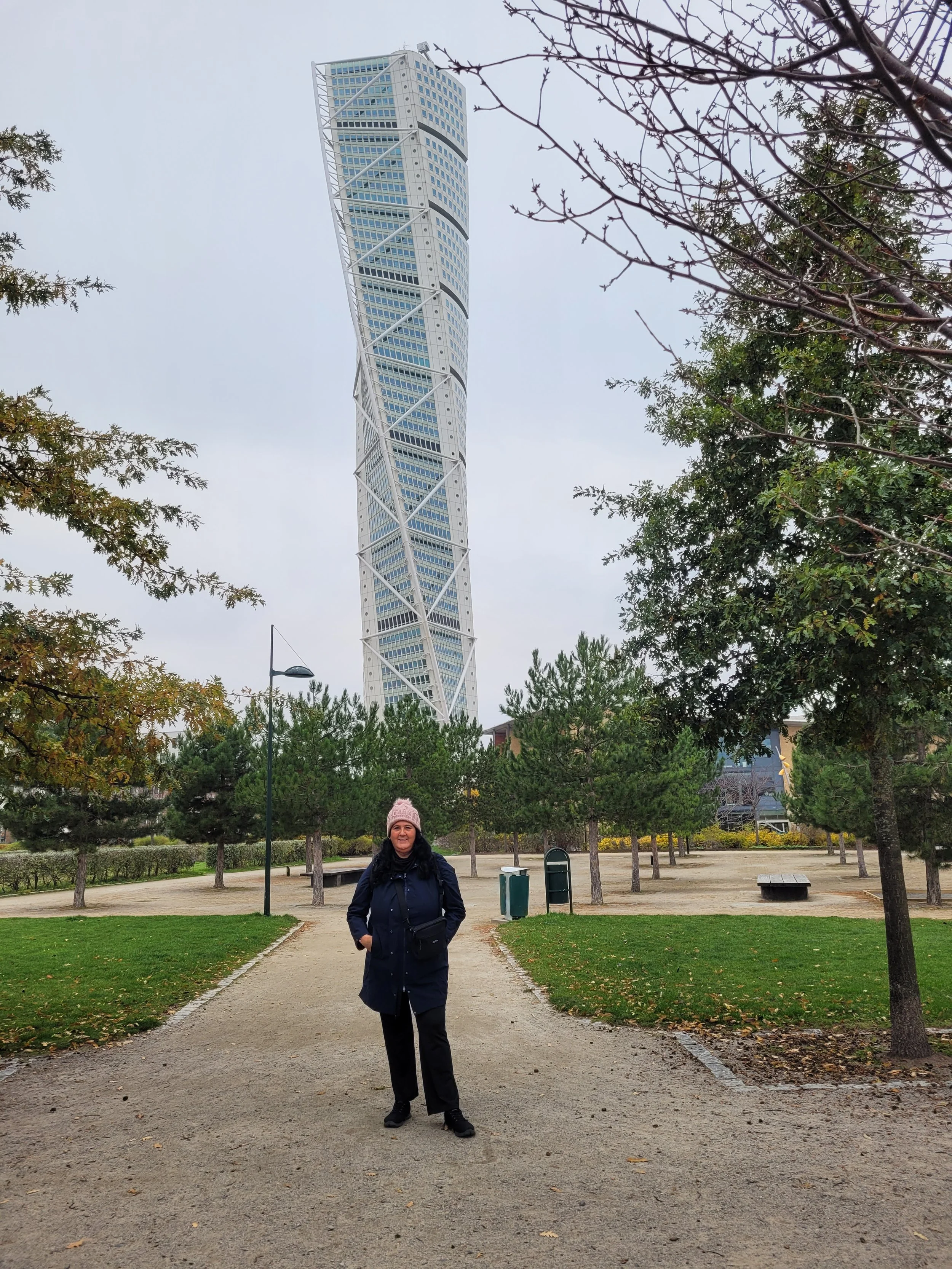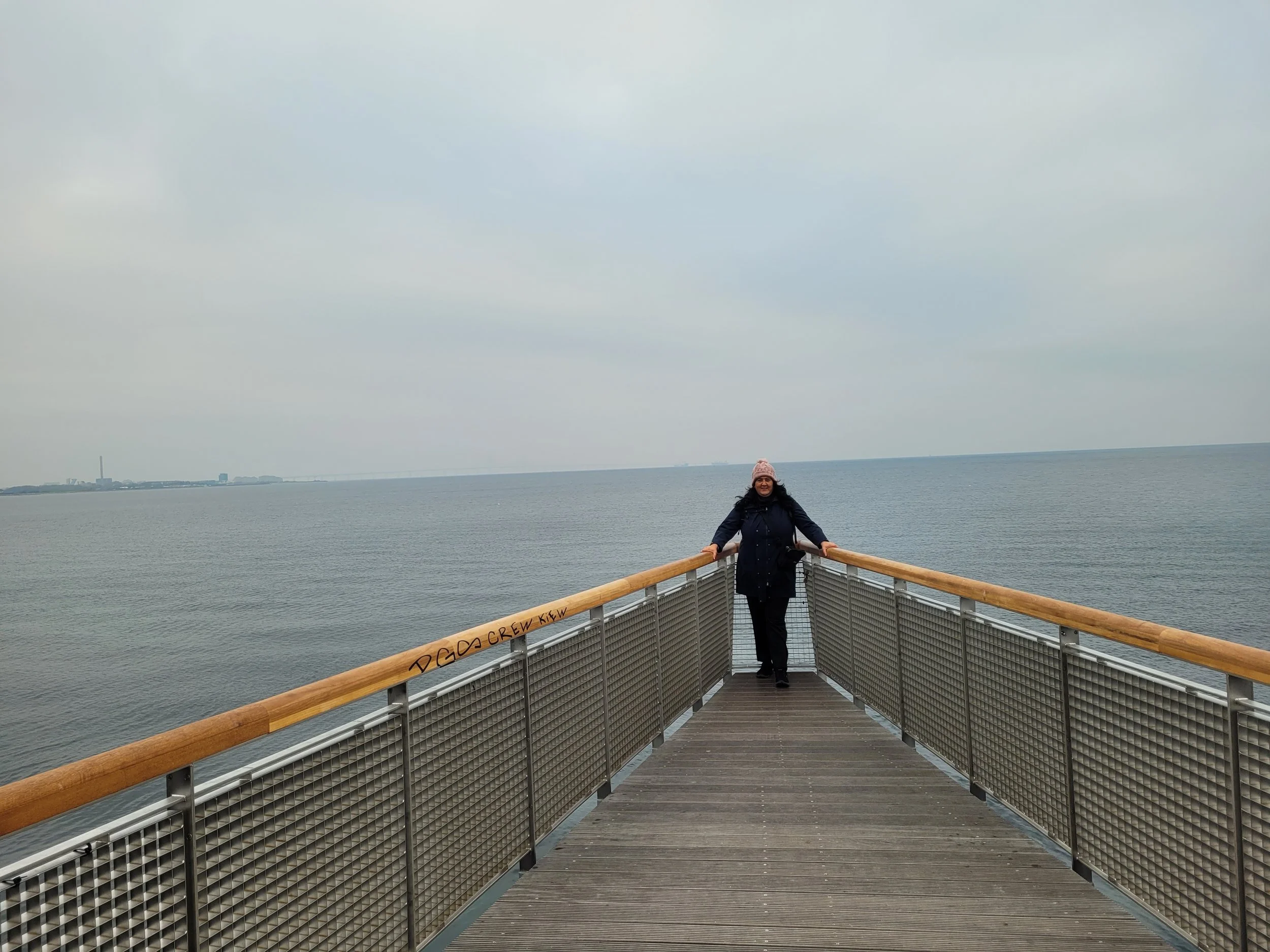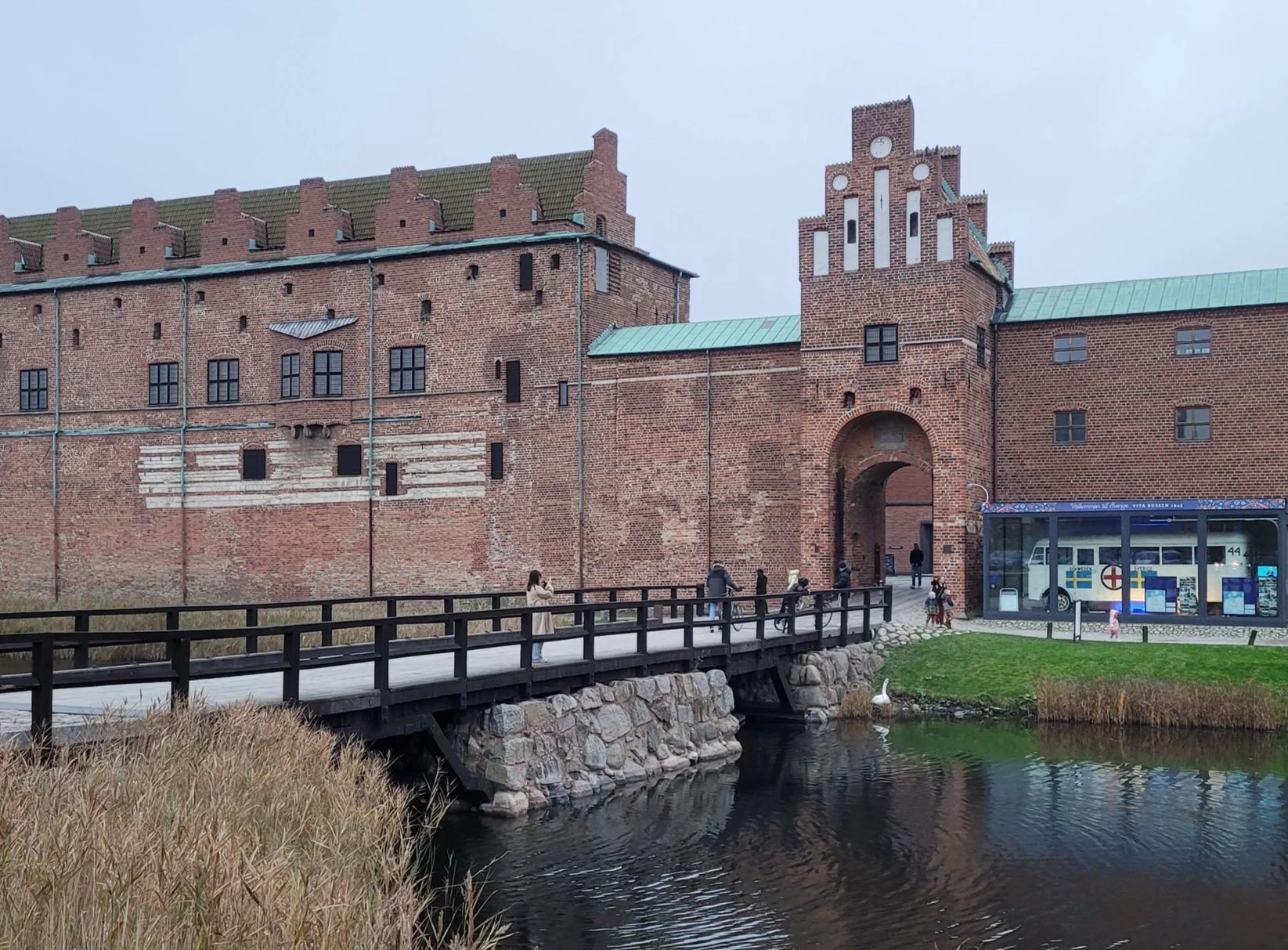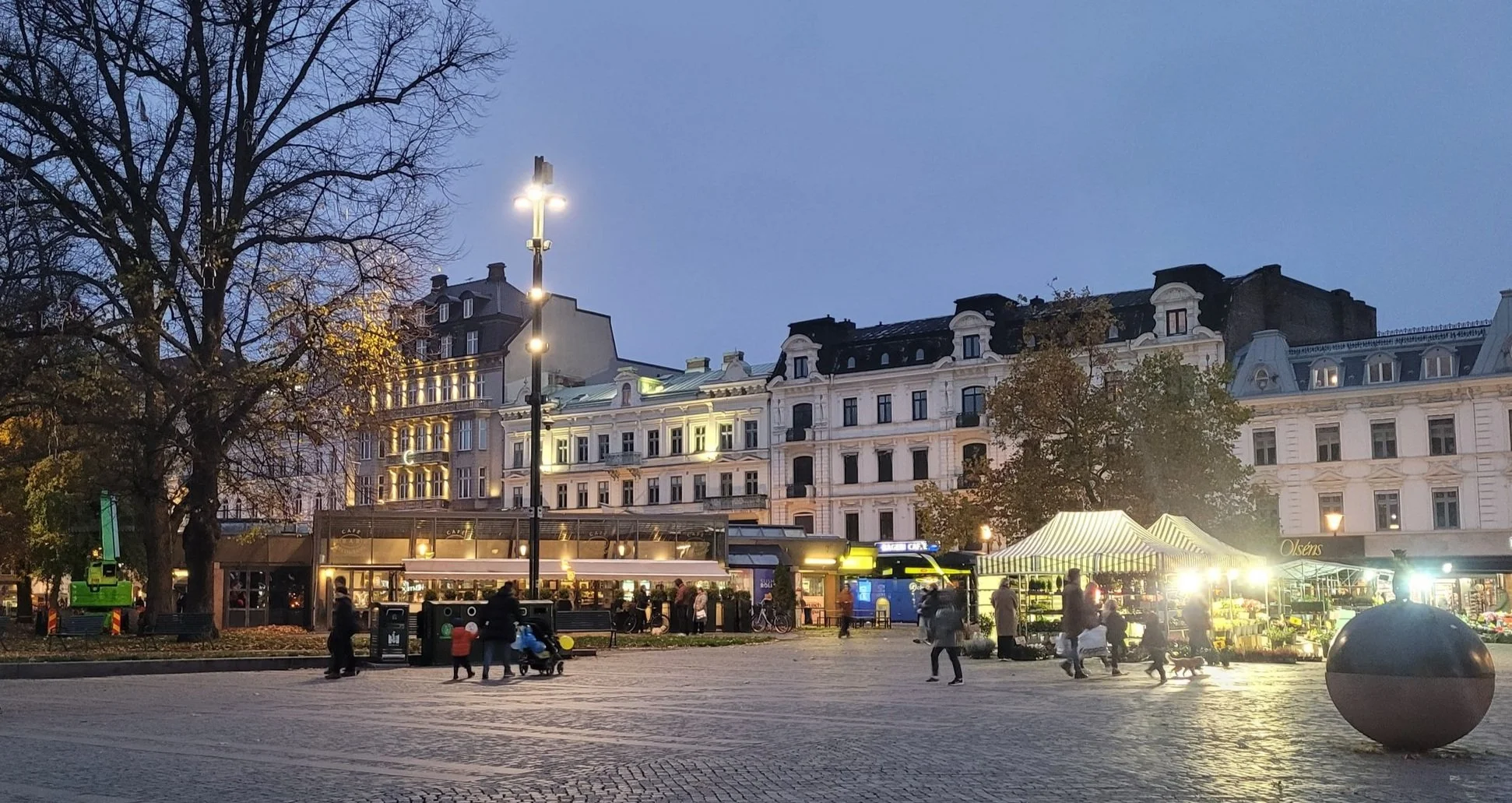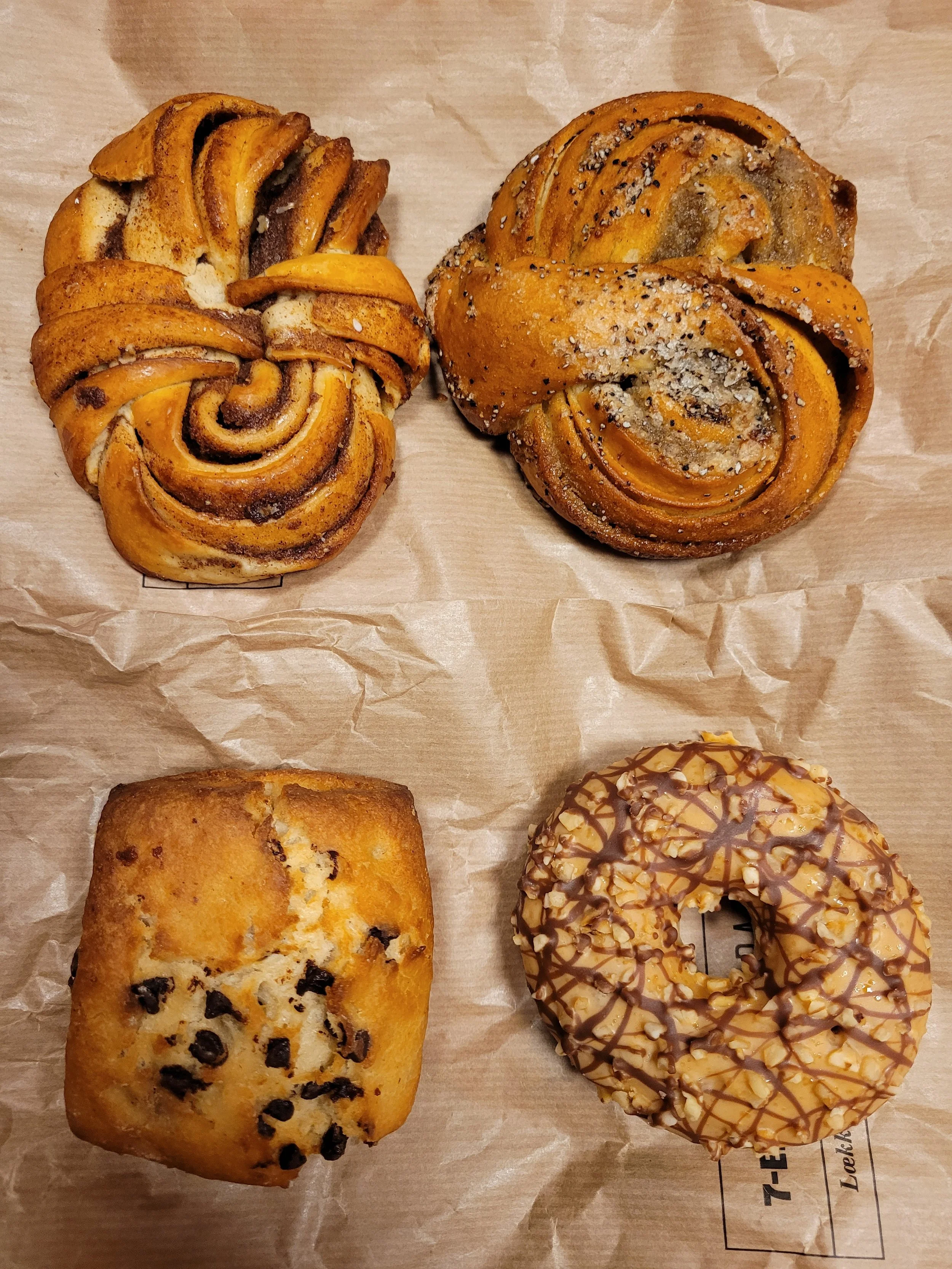Day Trip to Malmö
The next morning once again began with a hearty breakfast. Then we made our way to the train station, where we caught the train to Malmö.
Just half an hour later, the train arrived at the beautiful station of this charming Swedish city.
First, we walked toward the center and strolled along the shopping street Skåne Län. This street was significantly shorter than Strøget in Copenhagen, and the range of goods was much more manageable.
Of course, there was also a branch of a well-known Swedish fashion chain and a large department store where you could buy almost anything, though souvenir shops were missing.
At the end of this wide street are the Town Hall Square and St. Petri Kyrka, Malmö’s oldest church, with its red brick façade.
A few steps further, Lilla Torg immediately captivated us.
This picturesque square, with its beautiful half-timbered houses, feels almost like a setting from one of Astrid Lindgren’s stories. We half expected Pippi Longstocking to jump around the corner.
Our tour continued to Gustav Adolfs Torg, a large park in the middle of the city where you can relax under sprawling trees and listen to the calming trickle of the fountain. Around the park, there are numerous shops and restaurants, and in the park itself, a public restroom.
Even though it was quite cold, we still wanted to see the Turning Torso, Malmö’s landmark.
This futuristic building is located a bit outside the old town, in the Västra Hamnen district. Since we didn’t have tickets for public transport, we decided to walk there.
The path first led past a lighthouse.
Then we walked what felt like an endlessly long road—nothing particularly attractive, as it led through an industrial area.
But when we finally reached the Turning Torso, the effort had been worth it. The twisted skyscraper towered impressively into the sky. Taller than any other building, it’s visible from afar—even though it’s a few blocks behind the sea, you can probably see it from the water too.
Behind the Turning Torso was a spacious park—Varvsparken—which looked a bit bare at this time of year, but must surely be a popular recreational area in spring, summer, and autumn.
We continued on to the pretty promenade, where there are also several bathing spots.
Now in winter, the area felt quite deserted, but it was easy to imagine how lively the place must become in the warmer months.
By now, we were getting hungry. Many restaurants were closed at this time of year, but we eventually found a nice little pizzeria where we ordered delicious pizza.
Afterwards, we began our return journey, choosing a different and much more beautiful route.
Before long, we reached an idyllic pond surrounded by charming little houses, with boats gently rocking on the water along the shore. This secluded place felt very romantic.
We continued to Malmöhus Castle, a 16th-century fortress surrounded on all sides by a picturesque water-filled moat. Today, the building houses two museums.
Our way back into the city took us through a very spacious park with walking paths, small bridges, and plenty of benches—an ideal place for a short break in nature.
Back in the city, it was already dark. The illuminated Malmö looked wonderfully romantic, and Lilla Torg in particular glowed with a special atmosphere in the gentle light of the street lamps.
When we arrived at the station, we were met with an unpleasant surprise: due to a service disruption, no more trains were running to Copenhagen that day.
Reluctantly, we had to take the bus—finding the station and buying a ticket turned into an odyssey. So we were overjoyed when we finally sat on the right bus, on our way back to Copenhagen.
Once there, we ate—once again—burgers at a small burger joint at the station, followed, as always, by pastries and coffee.
A short time later, we collapsed into bed, completely exhausted. An eventful day had come to an end.
